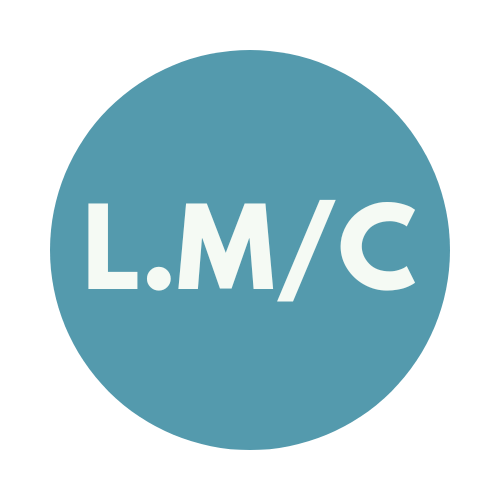
ROTTERDAM – Lucie Havel (1973) is a French/Dutch visual artist and designer based in Rotterdam who has just launched her own bag line called LH-bags. She is fascinated by primitive and religious art, particularly because these objects often have a functional purpose. She uses common materials and processes them to transform their domestic nature into something with a charged, ritualistic status.
LISAMARCOM had an exclusive Q&A with her and a sneak peek into her work environment.
How would you define your style?
My style is “raw” and sober. The shapes are simple, and the materials recognizable. I try to transform my materials as little as possible. There is a certain aggression in my work, but also something poetic. I’m regularly inspired by poet Henri Michaux and choreographer Alain Platel.
I’ve noticed that you focus on low-cost design. Can you explain a bit more about it?
Low-cost design is the name I use for my objects and interior designs. But in the beginning, it wasn’t really a concept; it stemmed more from my sense of autonomy. I refuse to accept that the industry dictates how we should live. When money is tight, the common choice is to buy cheap, poorly-made products. These cheap goods are often filled with harmful chemicals from the petrochemical industry, which are disastrous for both health and the environment. There are too many unnecessary operations and processes between raw materials and final products—it must and can be much simpler.
Low-cost design is an economical and ecological lifestyle. It’s a more than respectable way of living. To create furniture and interiors, I use second-hand timber, copper pipes, concrete, and repurposed objects. The furniture is finished with beeswax or linseed oil, and I even make my own paint. I strive to keep everything as pure as possible.
What don’t people know about being a visual artist?
That’s a funny question! People have absolutely no idea how much work it takes and how strong you have to be. As an artist, you work without traditional references—there’s no standard of good, bad, beautiful, or ugly. This doesn’t just leave you with little financial security, but also with few mental anchors. You’re always working, day in and day out. You develop your own language, which can sometimes feel isolating. Fortunately, artists are increasingly collaborating with one another, bringing fresh energy to our work.

Besides being a visual artist, you just launched a new project: LH-bags. Can you tell us all about it?
LH-bags is a new project rooted in low-cost design. LH-bags are made from recycled materials—unique, sustainable, and small works of art, but in a salable and portable form. Each bag is different, and every material is carefully selected. I also place a lot of emphasis on clean finishing details. The design is influenced by how people will hold and carry the bag. The inner and outer edges have a special relationship—the exterior is often rugged and tough, while the interior is richer and more refined. A bag isn’t just for carrying or transporting—it’s also meant to protect its contents.
What was the main inspiration for the new collections?
The material itself and the absence of certain types of bags in the current market were my biggest inspirations for these new collections. Additionally, I’m inspired by the industrial vibe and dynamics of Rotterdam, where I live.
What influenced you to use materials like truck inner tubes?
I grew up on the Atlantic coast of France, in a small village. After storms, the Bay of Biscay would wash up mountains of waste from Spain onto our beaches. It was both beautiful and horrifying—a bit like an archaeological site. When materials lose their monetary value, it’s possible to evaluate them by their aesthetic, tactile, and sustainable qualities. This realization led me to start making bags from bicycle inner tubes. Over time, I transitioned to using truck inner tubes, which I currently use.

Where do you source your vintage materials from?
I usually find the fabrics in second-hand shops. I use sleeping bags from the seventies and eighties—they have wild color combinations and interesting patterns. They evoke nostalgic memories of festivals and camping trips. I like to pair them with tweed to create an interesting twist.
You have two different collections: the Blue Collection and the Black Collection. How do they differ?
The Blue Collection bags are made from wet-blue leather, which is a semi-finished leather with a gray-blue color. This leather is neither dyed nor smoothed—it develops its finish through use. For the Black Collection, I use truck inner tubes, which is a beautiful rubber that gains a nice sheen over time.
Where do you see yourself in the future, say five years from now?
I hope to further develop low-cost design, perhaps by integrating it into a social project. I also envision having a dedicated studio for the bags, with a small team of skilled employees.
Wil jij ook gebruik maken van de diensten van LISAMARCOM?
Neem contact op voor een kennismakingsgesprek.

